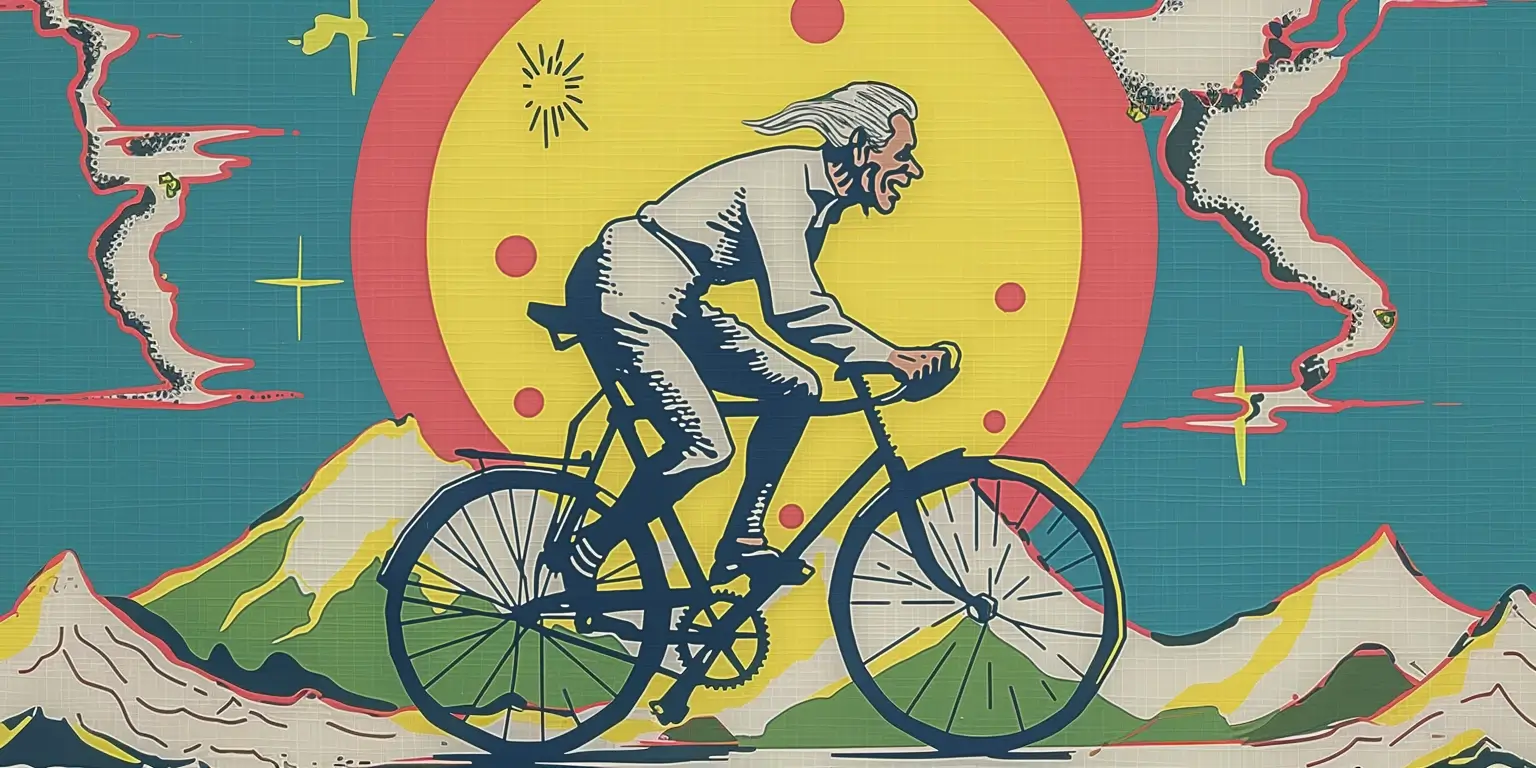Arabbit grows to giant proportions; Doctor Strange is stabbed in the back; the villain’s face transforms into the image of a skull; tentacles extend to pull Strange into the darkly magical Orb of Agamotto, and another dimension.
As Strange falls into the Orb, the words on the page read: “Crystal may appear to be a clear, still pool of nothingness, thin and ethereal – but it is glass, and it is solid. Imagine yourself falling not through space, but through solid, infinite glass… Into the eye of Death.”
A giant, talking, hookah-smoking caterpillar sitting on a massive mushroom greets him; the caterpillar tells Strange he is in a world of unreality, and can’t get out; as Strange rejects this, the caterpillar changes form and attacks him.
This is what happens in Doctor Strange Vol 2 #1, first published in 1974. It’s trippy, and clearly evokes Lewis Carroll’s Alice’s Adventures in Wonderland. It’s meant to. In the story, which continues beyond issue 1, Strange acknowledges that his own mind, containing knowledge of Caroll’s book, has manifested these visuals. As most psychonauts know, the word psychedelic is typically translated to mean: mind manifesting, or mind-revealing, so nothing could be more appropriate in Strange’s story.
Keep Up with Uncensored Psychedelic Trends
Join our newsletter at Psychedelics Uncensored.
We respect and protect your privacy. By subscribing your info will be subject to our privacy policy . Unsubscribe easily at any time
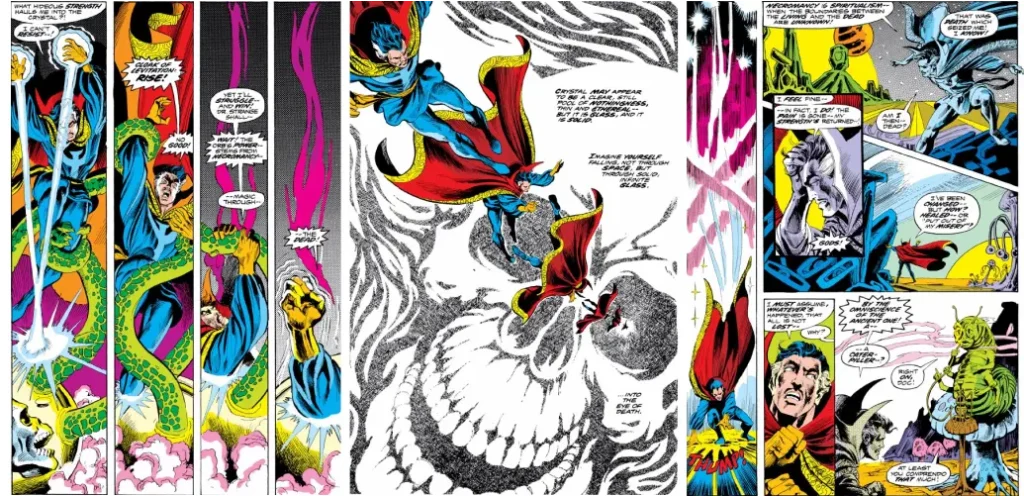
If there’s a Doctor Strange story that most blatantly references psychedelic drugs and foregrounds the idea of opening up the mind, it’s this. Although there’s no solid evidence that Carroll himself took psychedelics when writing his famous, oft-referenced story, there’s been more discussion about this book’s evocative psychedelic imagery than arguably any other. Aligning Strange’s first arc of his solo series with Carroll’s tale is the perfect way to highlight the importance of expanding the mind – for the creation of the comics themselves, Strange as a character, and also for the reader.
Strange’s Orb experience – as he’s facing death in his own reality – is born of the character’s own subconscious. This fits with prominent comic book writer Steve Englehart’s assertions that psychedelics merely activate or stimulate parts of the brain that already exist. Yes, Englehart freely talks about having used psychotropic drugs to untether his creative mind when tackling the character.
My stock-in-trade is thinking up stories, and anything that expands the mind [is invaluable]. Getting very comfortable with my mind was something I did.”
How Doctor Strange Took Shape From Psychedelics
What’s that? Surprised to learn that comic book artists and writers took psychedelics to help boost their creativity? Yes, comic books have always been colorful, vibrant, and inventive, but aren’t they meant for children? Not always – we’ll get into that. Of all comic book characters, it’s fitting that Doctor Strange was influenced by a writer who utilized psychedelics to help him find Strange’s particular nature and arc.
Englehart, paired with artist Frank Brunner (“I got a call one day from Frank saying, ‘Would you write this?’”), is responsible for Doctor Strange’s purple patch in the 1970s. It was in this time period that interest in the Sorcerer Supreme became piqued. The formerly irregularly appearing character became a monthly fixture in Marvel Comics. The sorcerer went from popping up in a 15-issue Doctor Strange solo series published from June 1968 – November 1969 (as well as runs in other titles), to materializing in an 81-issue ongoing title, Doctor Strange: Master of the Mystic Arts.
Englehart and Brunner took over creative control of the character during Strange’s revival solo series in Marvel Premiere #3-14 between July 1972 and March 1974. It was under their tenure that Strange’s stories got trippier and his popularity soared. Thus, the run morphed into the regular solo title.
One of Englehart and Brunner’s comics, it reads: “All is spinning, surging madness! Everything recedes and rushes forward simultaneously!… Even against the full force of my will, this thought-image I occupy bends to Shuma-Gorath’s commands! I’m falling into infinity… through endless… ” Visuals are swirls, geometric patterns, overlapping circles, and lines.
Keep Up with Psychedelic Trends
Get uncensored psychedelic news, events, and updates. Join Psychedelics Uncensored!
We respect and protect your privacy. By subscribing your info will be subject to our privacy policy . Unsubscribe easily at any time
Creating a Doctor Strange That Knows More Than We Do
“Doctor Strange was supposed to be the Sorcerer Supreme, which meant he knew stuff that nobody else knew. And I was supposed to write this guy who knew stuff that nobody else knew,” says Englehart. In order to tap into the mind of one who “knows what others don’t know,” Englehart reached into the deep well of his subconscious (and perhaps, truly universal) wisdom via journeying with the psychedelic compound, LSD. If writers “get their ideas from everywhere,” as he tells us, then the idea was to create an “everywhere” that holds more than the limits of our conscious mind, and is as expansive as it possibly can be.
Indeed, the story arc that began in issue #1 continues through issue #4, with Strange confronting his own mortality and achieving awakenings beyond most of us. As he makes the mind-bending realization that he has to surrender to Death, following an encounter with Death and Eternity, he understands that Death is a part of life and vice versa. He realizes that Death is not a malevolent force, being, or experience to be feared, but something essential for the soul.
Psychedelics are now being studied to support the treatment of mental health challenges, like end-of-life anxiety. So, Strange having this journey with his own mortality is incredibly apropos. Psychedelics can, in essence, support one in understanding death before dying. Meaning, they help us lose our ego, so we can get in touch with the part of us that’s bigger than our personality. The part of us that may, in fact, be eternal. This transformation is seen quite literally in Strange’s arc: an egomaniacal doctor who is then humbled by the loss of his prized possession, the use of his hands to perform surgery. This loss of hubris opens him up to a deeper spiritual journey. One in which he becomes something greater than he once was. Yet, something he was always capable of being, if only he’d get out of his own way. Effectively, this (metaphorically) mirrors many seekers in their use of psychedelics.(1)
He unlocks the door to Eternity by shedding his most deeply held fear of death and ceasing to fight. The Ancient One (a character played by Tilda Swinton in the MCU adaptation of Doctor Strange) appears to him – as a disembodied head, naturally – and tells him that although he may be dead on his plane of existence, he isn’t on the Ancient One’s plane. The Ancient One, however, promises that he will be reborn into his realm, fearless and limitless. Never again fearing death, his life will be touched by Eternity.
How Psychedelics Influenced the Marvel Stories and Writers
“I always thought it was beneficial for what I was doing, what I was trying to create,” says Englehart of experimenting with psychedelics.
“I didn’t come out of doing acid going, ‘Yes! Now I have a story with a beginning, a middle, and an end,’” he explains, sharing that “the energy doesn’t work that way.” Adding, “But I had things that I could take and make into a story. All of it was basically designed to just make my mind more flexible and larger… People say, ‘Where do you get your ideas?’ And the answer, as any writer will tell you, is from everywhere. I mean, you’re just aware of things in the world, and then you pull them together. And so the more things that I was aware of, the more things I could draw upon. And just the flexibility of a mind being able to do that – all of that was useful as a writer.”
Englehart says that they were deliberately trying to make Doctor Strange psychedelic. The character always lent itself to this from Day 1. Strange was originally created in 1963 by Steve Ditko, who had wanted to introduce something different based around black magic and mysticism. Ditko leaned into surreal-looking landscapes and vivid visuals, leading to Strange becoming appreciated by college students. Counterculture was getting into Eastern mysticism and psychedelia at the same time and Ditko got increasingly far out with Strange. Englehart and Brunner were building on those foundations and tapped into something that resonated with the period they were working in.
“The 1970s was an era of experimentation and mind expansion,” says Englehart. “It was in comics, it was in music, it was in films, all that kind of stuff.”
“We made Doctor Strange monthly for the first time ever,” he continues. “The audience also had access to psychedelics and weed and whatever else. [The industry] was still under the Comics Code… so you had to write stories that young kids could read and enjoy. But we were definitely trying to reach the older audience – the college-age audience, young twenties, young thirties, and we certainly had people who were 70 and read the books too. But the target audience was twenties and thirties. And they had access to the same stuff. So, if I had said, ‘Oh, man, I’ve got all these psychedelic ideas, and I’m going to put them in Doctor Strange, ‘ and the audience had said, ‘What the heck is this?’ that would not have worked out. But the audience got it as well.”
Englehart says that so much of what they did in the ‘70s was simply as a result of living through the era as twenty-something men.
“There was this whole group of people who came in [to comic books] in the early ‘70s: me, Steve Gerber, Frank Brunner, Alan Weiss, and Jim Starlin… we were all palling around together. Those of us who were doing stuff at Marvel were trying to push the boundaries, trying to see where we can take comics that they hadn’t been yet. And we had the psychedelics, we had whatever to fuel us on that journey. And so we did a lot of things that were innovative… We did push a lot of boundaries. We opened up a lot of things.”
It wasn’t just Doctor Strange reaping the rewards of the influence of psychedelics. “I think Jim Starlin or Tom Orzechowski on Captain Marvel, they changed the Comics Code sign [that appears on the front page] to a ‘Cosmic Code’ sign.” Of course, Captain Marvel is known for being able to manipulate cosmic energy but so much of what Captain Marvel and other superheroes and supervillains is about is tapping into untold powers. ‘Cosmic’ might suggest space to you, but it is actually a word that refers to anything related to the universe or cosmos – things that can be inside but also outside of regular human understanding.
Englehart is eager to point out he’s not confirming that anybody he mentions by name also took psychedelics. But he details the evenings spent with his Doctor Strange collaborator Frank Brunner. “We would spend a very pleasant evening throwing these ideas back and forth. And since I was the writer, it was my job to eventually turn that into something coherent.”
Those experiences led Englehart to study Western magic, tarot, kabbalah, astrology, and more. “All of that was fed into the idea of trying to get a larger concept of the world, of the universe. And so, it’s like we took this larger concept of the universe and then tried to drill down into how do you turn that into a comic book story?”
How Marvel’s Psychedelic History Is Informing the MCU of Today
Marvel has been pushing boundaries all along. In some ways, it was the “anti-DC,” the rival comic-book publisher that Englehart also worked for but who he refers to as being “more corporate.” Where many of DC’s characters were more god-like and aspirational, many of Marvel’s were richer and more flawed. Psychedelics are about opening the mind, integrating greater parts of your humanity, and expanding consciousness. (“Batman [probably] wouldn’t have taken psychedelics,” he notes.) These explorations and creative boundary-pushing drives worked well with the psychedelic exploration in Marvel comics.
It’s something that’s translated to the screen with the Marvel Cinematic Universe. Starting with the casting of Doctor Strange.
“I was very pleased that Benedict Cumberbatch was Doctor Strange because he always plays a smart guy and Doctor Strange is the smartest guy in the room; he knows more than anybody else,” says Englehart. “We pretty much shaped Doctor Strange, but a lot of things got shaped in that era. Now, when they make the movies, they’re beginning to draw from all different eras, but at least in the beginning, they certainly drew from our era.”
While the MCU had already introduced the idea of gods via Thor, a wider universe (and talking raccoon) in space via Guardians of the Galaxy, and the quantum realm in Ant-Man, when Doctor Strange came along in 2016, it changed the landscape. The trippy visuals of cityscapes folding into one another and the Mirror Dimension wowed audiences and won the film an Oscar nomination for Best Visual Effects. But it also saw neurosurgeon Stephen Strange wrestling with an existential crisis as his successful career comes to a tragic end in a car crash.
As he probes the outer reaches of his mind under the guidance of the Ancient One at the mystical Kamar-Taj, Strange opens himself to the astral plane and Mirror Dimension and learns to bend time.
Since then, we’ve seen the Doctor pop up and do his thing in Avengers films and in the sequel Doctor Strange in the Multiverse of Madness, in which he had to face other versions of himself and once again interrogate his mind and actions. All amid equally out-there visuals. One aspect of psychedelic exploration is – if one is open to it – a thorough self-reckoning. We may be shown things during the journey that might be challenging to confront. Aspects of the self that we need to change to be healthier, and create more harmonious relationships, may show up. We may face things we’ve done that have caused ourselves or others harm. Recall the mind, or for some, soul-revealing nature of psychedelics. In essence, the Multiverse of Madness is a metaphor for this process of facing oneself, and coming to terms with your choices and actions.
Strange ushered in this bold new era for the MCU, in which we’ve also seen the idea of psychotropics played out quite openly in Black Panther. The 2018 film introduced audiences to the heart-shaped herb and its hallucinogenic properties that allow access to the ancestral plane. As well, of course, as its ability to imbue the user with newfound powers.

Psychedelics and Art
When Englehart was working in the ‘70s, psychedelic use found itself manifested in music, films, and culture broadly.
It comes as no surprise to say that artists from all disciplines sometimes use aids to boost their creativity. It makes sense that those interested in creating, and therefore also in interrogating their minds, want to probe the outer reaches of their brains. Unlocking the unconscious, and subconscious, to fully explore the human experience. To put work into the world that speaks to what they discover is not only fulfilling for them, but valuable to us. Over the years, countless consumers have appreciated their creations.
We know that both The Grateful Dead and The Beatles were inspired by their use of psychedelics, as was Yoko Ono in her art, alongside several visual artists, including Alex and Allyson Grey and David Normal. Psych-rock band The 13th Floor Elevators notably wanted to make music that channeled – even heightened – the experience of using psychotropic drugs.
Writers inspired (or at least thought to be) by the use of hallucinogens include William S. Burroughs, Aldous Huxley, and Lewis Carroll. All brilliant, all celebrated. Perhaps most famously, One Flew Over the Cuckoo’s Nest author Ken Kesey was a huge advocate for mind expansion through psychedelics. In the summer of 1964, he took to the road with the Merry Pranksters, a group of followers and friends, throwing parties and distributing LSD in an attempt to expand the minds of everyone he encountered. Today, mainstream musicians like Harry Styles and Miley Cyrus talk about using psychedelics, among others.
Psychedelics and Healing
The world is becoming more open to the idea of psychedelics and how they can help us to heal. Just as Doctor Strange in the Multiverse of Madness was about the sorcerer reckoning with himself and his moral frailties, Englehart has been open to being shown things he needed to change in his own life.
“One thing it did was show me my faults,” Englehart says. “I was able to look at them and go, yeah, that’s right… I need to work on that.”
He continues, “I did see what I was doing wrong, and I’m the kind of guy who goes, ‘Yeah, okay, and now I should do something about that.’ That’s not everybody’s [experience]. Sometimes you might need a therapist to say, ‘Oh, well, what do you think about this, and don’t you want to do that?’ But definitely part of my personal growth over the years has been because I was able to look at stuff that I wasn’t happy about [within] myself; that I could go ‘Yeah, okay, well, then fix that.’”
“Everybody’s mind is different. I mean, I always had a good time. I never had a bad trip. On the other hand, I know people who had bad trips. There are some people whose minds are too locked down to want to deal with it.”
In the near future, guided healing through psilocybin (found in magic mushrooms) and psychedelic-assisted therapy may be an option. Organizations like COMPASS Pathways and the Multidisciplinary Association for Psychedelic Studies are actively working on clinical trials for both of these promising chemical compounds.(2, 3)
“If you have a therapist with you who can take hold of your hand – if you’re having a bad time and so forth – that seems, on the one hand, more sensible. On the other hand, I don’t know that I would have wanted somebody guiding me on these things. But that’s just me, right? Other people may well want to start out with a therapist. But I’m certainly not going to say everybody should just go do it and see what happens, you know because some people do have a bad time.”
Psychedelics won’t work for everybody, but that the world is more open to experimenting and exploring the benefits amid a mental health crisis is positive in Englehart’s view. He is a vocal supporter of the positive impact psychedelics have had on his life. Perhaps, combined with talk therapy in some cases, they could be the key to healing for many more.
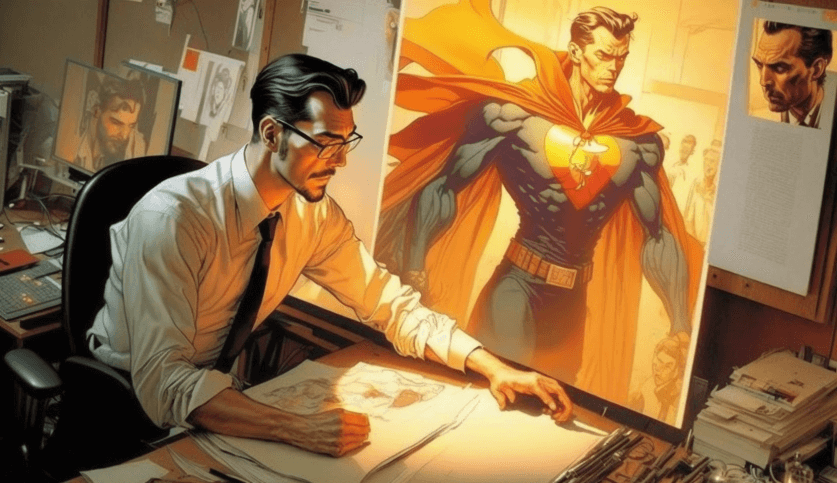
Art and Consciousness Collide with Doctor Strange
In recent years, researchers have begun uncovering many of the potential benefits of psychedelics. New studies seem to be published weekly, often extolling the myriad of possible medical uses for psychedelics like LSD, psilocybin, and MDMA. There’s also no denying they’ve had an incredible, indelible impact on art and culture. Just like artists across the spectrum, comic book writers and illustrators were looking to pull ideas from everywhere. And in order to reach everywhere, many did, just as they do now, turn to psychedelics to access and activate closed-off areas of their minds.(4, 5, 6, 7)
Psychedelics expand consciousness, allowing you to transcend the limits of the ego. So just as consciousness collides within us when we take psychedelics, it also collides with art – and that includes Doctor Strange.(8)
Sources

1. Perkins, D., Sarris, J., Rossell, S., Bonomo, Y., Forbes, D., Davey, C., Hoyer, D., Loo, C., Murray, G., Hood, S., Schubert, V., Galvão-Coelho, N. L., O’Donnell, M., Carter, O., Liknaitzky, P., Williams, M., Siskind, D., Penington, D., Berk, M., & Castle, D. (2021). Medicinal psychedelics for mental health and addiction: Advancing research of an emerging paradigm. Australian & New Zealand Journal of Psychiatry, 000486742199878. https://doi.org/10.1177/0004867421998785
2. COMPASS Pathways Announces Phase 3 Pivotal Program Design for COMP360 in Treatment-Resistant Depression at Capital Markets Day | Compass Pathways. (n.d.). https://compasspathways.com/compass-pathways-announces-phase-3-pivotal-program-design-for-comp360-in-treatment-resistant-depression-at-capital-markets-day/
3. Bryce. (2022, November 17). Second MAPS-Sponsored Phase 3 Trial of MDMA-Assisted Therapy for PTSD Completed. Multidisciplinary Association for Psychedelic Studies – MAPS. https://maps.org/2022/11/17/mapp2-second-maps-sponsored-phase-3-trial-of-mdma-assisted-therapy-for-ptsd-completed/
4. Li, N.-X., Hu, Y.-R., Chen, W.-N., & Zhang, B. (2022). Dose effect of psilocybin on primary and secondary depression: a preliminary systematic review and meta-analysis. Journal of Affective Disorders, 296, 26–34. https://doi.org/10.1016/j.jad.2021.09.041
5. Mitchell, J. M., Bogenschutz, M., Lilienstein, A., Harrison, C., Kleiman, S., Parker-Guilbert, K., Ot’alora G., M., Garas, W., Paleos, C., Gorman, I., Nicholas, C., Mithoefer, M., Carlin, S., Poulter, B., Mithoefer, A., Quevedo, S., Wells, G., Klaire, S. S., van der Kolk, B., & Tzarfaty, K. (2021). MDMA-assisted therapy for severe PTSD: a randomized, double-blind, placebo-controlled phase 3 study. Nature Medicine, 27(6), 1025–1033. https://doi.org/10.1038/s41591-021-01336-3
6. B. Liester, M. (2014). A Review of Lysergic Acid Diethylamide (LSD) in the Treatment of Addictions: Historical Perspectives and Future Prospects. Current Drug Abuse Reviews, 7(3), 146–156. https://www.ingentaconnect.com/content/ben/cdar/2014/00000007/00000003/art00004
7. Vargas, A. S., Luís, Â., Barroso, M., Gallardo, E., & Pereira, L. (2020). Psilocybin as a New Approach to Treat Depression and Anxiety in the Context of Life-Threatening Diseases—A Systematic Review and Meta-Analysis of Clinical Trials. Biomedicines, 8(9), 331. https://doi.org/10.3390/biomedicines8090331
8. Stoliker, D., Egan, G. F., Friston, K. J., & Razi, A. (2022). Neural Mechanisms and Psychology of Psychedelic Ego Dissolution. Pharmacological Reviews, 74(4), 876–917. https://doi.org/10.1124/pharmrev.121.000508
This material is not intended as a replacement or substitute for any legal or medical advice. Always consult a medical professional about your health needs. Psychedelics are widely illegal in the United States, and readers should always be informed about local, state, and federal regulations regarding psychedelics or other drugs.
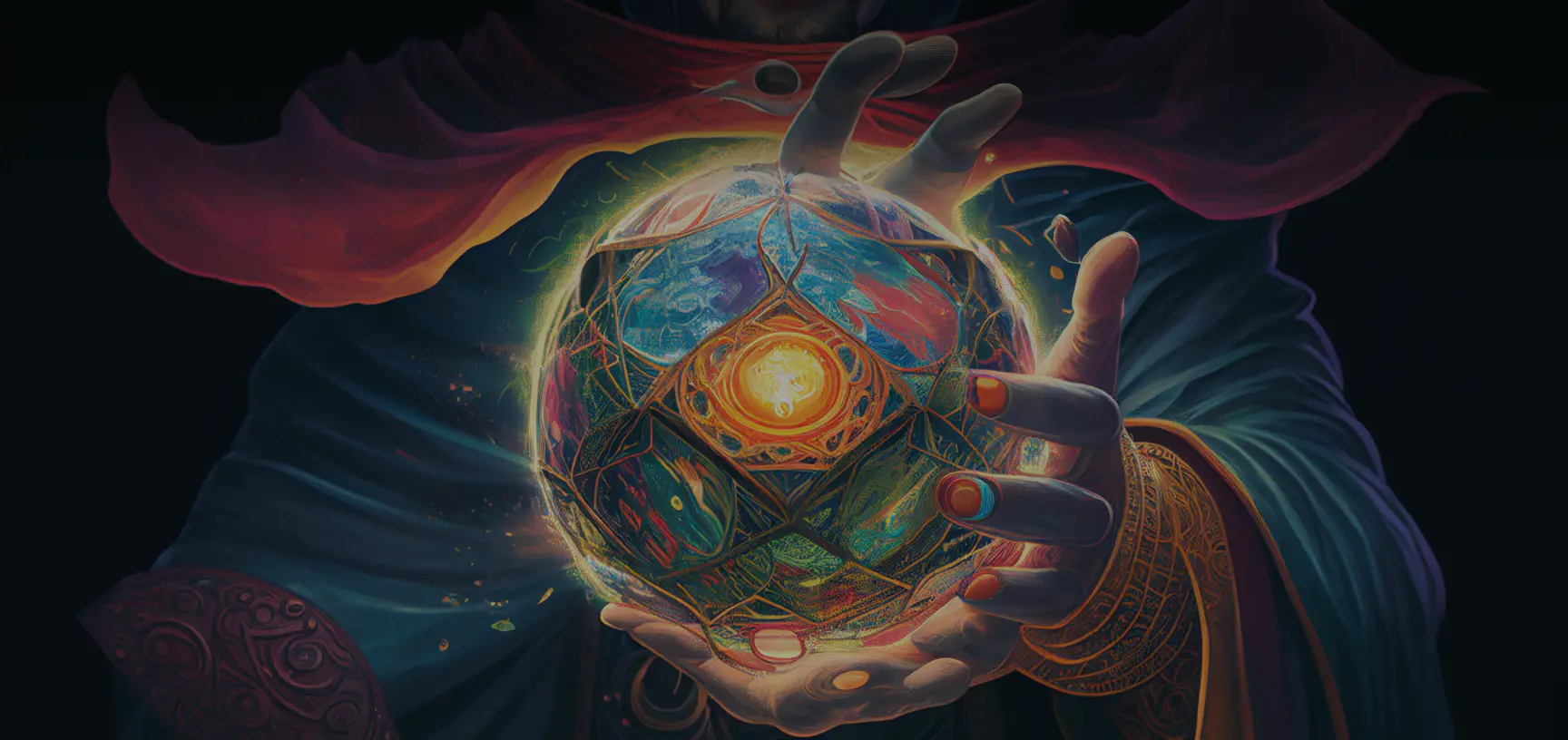
 Kim Taylor-Foster
Kim Taylor-Foster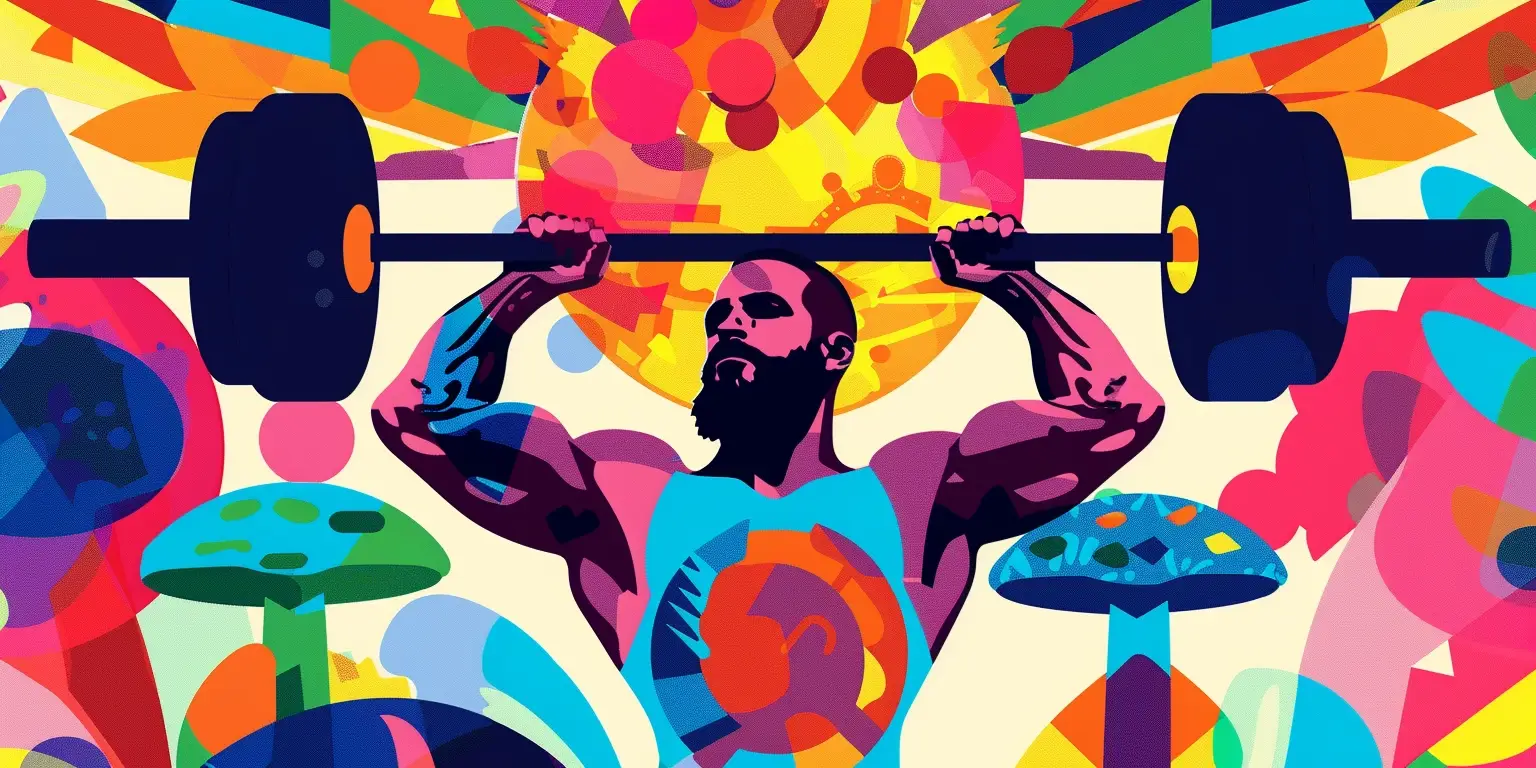
 David Connell
David Connell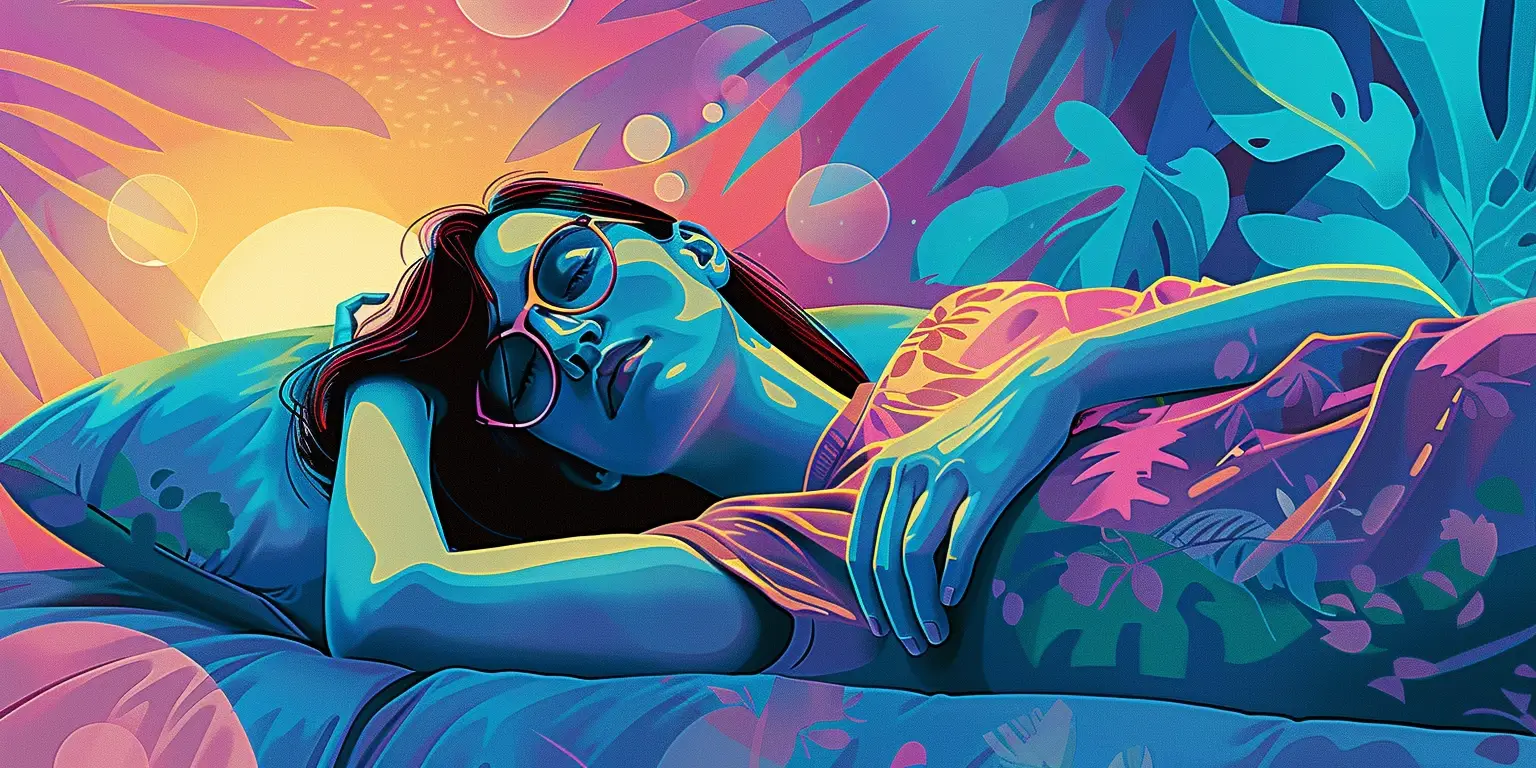
 Jason Najum
Jason Najum